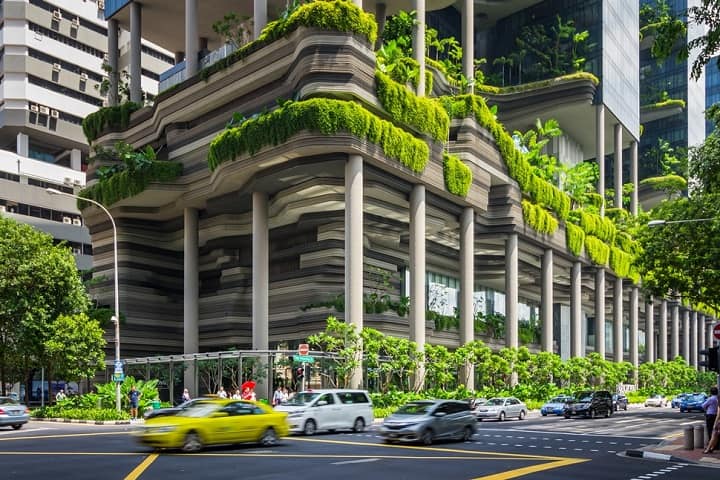Addressing Air Pollution: Innovations and Initiatives for Cleaner Air
Air pollution is a global problem that poses significant risks to human health, ecosystems, and the overall quality of life. To combat this pressing issue, innovative technologies and initiatives are emerging to reduce harmful emissions and promote cleaner air. In this blog, we will explore some of the innovative solutions and initiatives that are helping to address air pollution and improve air quality.
Renewable Energy:
Shifting from fossil fuels to renewable energy sources is a crucial step in reducing air pollution. Solar, wind, and hydropower generate electricity without releasing harmful pollutants into the atmosphere. Increasing the adoption of renewable energy technologies helps to mitigate emissions from power generation and reduces the dependence on fossil fuels.
Electric Vehicles:
The transportation sector is a significant contributor to air pollution. Electric vehicles (EVs) offer a cleaner alternative by producing zero tailpipe emissions. The widespread adoption of EVs, coupled with the development of charging infrastructure, can significantly reduce air pollution from cars and trucks.
Air Quality Monitoring and Data Analysis:
Advancements in air quality monitoring technology allow for more accurate and real-time data on pollution levels. This information enables policymakers, communities, and individuals to make informed decisions and take appropriate actions to address air pollution. Additionally, data analysis helps identify pollution hotspots and implement targeted interventions.
Green Building Design:
Green building design focuses on creating energy-efficient structures that minimize indoor and outdoor air pollution. It involves using sustainable materials, optimizing ventilation systems, and implementing strategies for energy conservation. Green buildings provide healthier indoor environments and reduce the overall environmental footprint.
Urban Planning and Green Spaces:
Urban planning plays a vital role in mitigating air pollution. Designing cities with integrated public transportation systems, pedestrian-friendly infrastructure, and compact layouts reduces the reliance on private vehicles and encourages active modes of transportation. Increasing green spaces, such as parks and urban forests, help absorb pollutants and improve air quality.
International Cooperation and Policy Measures:
Addressing air pollution requires collaborative efforts on a global scale. International agreements, such as the Paris Agreement, aim to reduce greenhouse gas emissions and combat climate change, which is closely linked to air pollution. Additionally, governments can implement policies and regulations to limit emissions from industries, enforce vehicle emission standards, and promote cleaner fuels.
Conclusion:
Air pollution poses significant challenges to human health and the environment. However, through the implementation of innovative solutions and initiatives, we can make strides towards cleaner air. Embracing renewable energy, promoting electric vehicles, improving air quality monitoring, adopting green building design, implementing sustainable urban planning, and fostering international cooperation are key steps in addressing air pollution. By working together, we can create a healthier and more sustainable future with improved air quality for everyone.
Regenerate respons


Very informative
ReplyDeleteLet us all make efforts for a better future!
ReplyDelete<33
ReplyDeleteThese are some good ways for a greener environment and people don't realize the effects of air pollution, good write-up 👍🏻
ReplyDelete